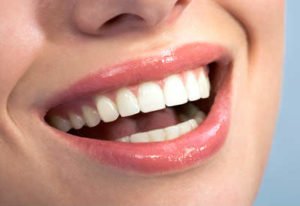OCCLUSAL ADJUSTMENT FOR JAW ALIGNMENT
 Occlusal or bite adjustment is a procedure performed to remove tiny interferences that keep teeth from coming together properly. These interferences can prevent the jaw from closing in its anatomically correct position. Interferences can occur as teeth develop, after an accident, or they can accumulate over time with wear. Poorly executed dental work such as fillings, crowns, bridges, and extractions can also cause interferences.
Occlusal or bite adjustment is a procedure performed to remove tiny interferences that keep teeth from coming together properly. These interferences can prevent the jaw from closing in its anatomically correct position. Interferences can occur as teeth develop, after an accident, or they can accumulate over time with wear. Poorly executed dental work such as fillings, crowns, bridges, and extractions can also cause interferences.
Interferences prevent the jaw from fully sliding into its anatomically correct position. This means that the muscles of the jaw and neck are never able to fully relax. This may result in severe headaches and neck aches. Many develop bruxism, or teeth grinding, as the jaw seeks its natural position. Bruxism can cause bone loss, tooth loss, and receding gums. Over time, patients may develop tempromandibular joint issues, or TMJ, if they go untreated.
HOW CAN I KNOW IF MY BITE IS “OFF”?
During your examination, your doctor will examine your jaw closely and may notice symptoms that your bite may be off. Some symptoms include if the jaw does not open evenly on both sides, if the jaw makes a clicking noise as it opens, if the enamel has been ground away in certain areas, or if there are fractured teeth. Chronic symptoms of bruxism, headaches, or neck aches are also clues that the bite may be off.
HOW IS MY BITE FIXED?
Before the procedure begins, the doctor will have you bite on a very thin piece of mylar paper. The mylar paper transfers color to the areas where contact occurs. The doctor will then smooth the area where the marks have been left removing just enough of the tooth or restoration to eliminate the interference. This process will be done on all areas where the mylar paper left color on the tooth until the jaw is able to get into its normal position.
